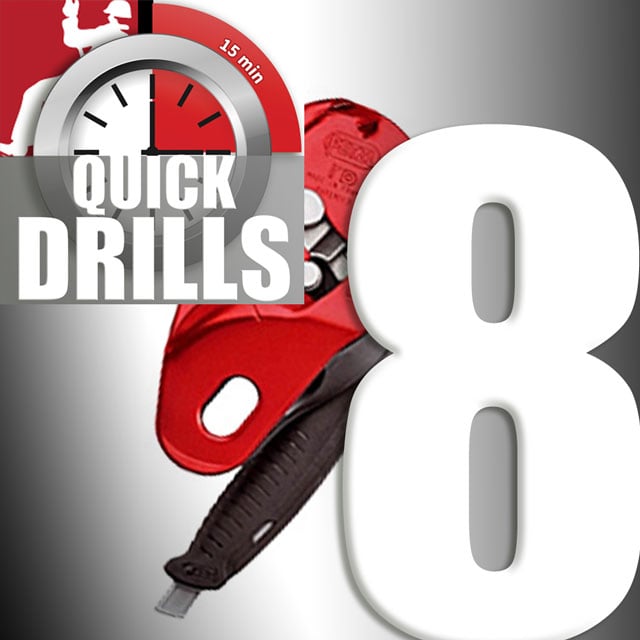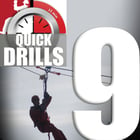Roco is now offering an on-site inspection service for rescue gear used by emergency response teams. Save time and manpower by having our rescue professionals perform your annual equipment inspections.
Benefits include:
- • Certified personnel to inspect equipment to manufacturer's standards
- • Inspection documentation from an independent third party
- • Frees your personnel from the responsibility of equipment inspections
This service will include a “sight and touch” functional inspection of hardware, nylon products (including rope, webbing, and anchoring components), harnesses, and accessory equipment (including litters and stretchers) utilized in confined space/high angle applications. The inspection will be conducted in accordance with manufacturer’s specifications and will satisfy the requirement for an annual1 inspection by a competent person.
 Reporting documentation will include pertinent information such as the manufacturer, product number, and serial/lot number (where applicable), date of manufacture, and in-service date (when available). It will also include the results of pass/fail testing for both visual and functional inspection. All equipment deemed unsuitable for use will be tagged for removal from service.
Reporting documentation will include pertinent information such as the manufacturer, product number, and serial/lot number (where applicable), date of manufacture, and in-service date (when available). It will also include the results of pass/fail testing for both visual and functional inspection. All equipment deemed unsuitable for use will be tagged for removal from service.
A full report of findings will be provided to include storage conditions, accessibility of equipment to responders, and any other recommendations to improve overall team performance.
 Rescue team members are encouraged to attend this inspection where they will receive information on proper pre- and post-use inspections for their equipment. Guidance can be also offered in areas of equipment care, inspection, record-keeping, and proper storage. Please note that equipment recommendations will NOT be provided unless requested to do so.
Rescue team members are encouraged to attend this inspection where they will receive information on proper pre- and post-use inspections for their equipment. Guidance can be also offered in areas of equipment care, inspection, record-keeping, and proper storage. Please note that equipment recommendations will NOT be provided unless requested to do so.
1 References include: 1926.502 Appendix C; ANSI Z359.2 Section 5.5.2 Inspections; ASTM Rope Inspection Guide; NFPA 1983 Section 5.2; ANSI Z359.11 Annex A (harnesses); and ANSI Z359.4 Section 6.1.
NOTICE: The client remains responsible for ensuring that all guidelines and requirements for maintaining and, where indicated, removal of equipment from service, are followed. This includes removing equipment from service anytime there is a situation or incident that occurs during handling, training, or rescue, that might have caused damage or otherwise compromised the integrity of the equipment, particularly where internal damage that is not visible might be present (e.g. equipment dropped from height, exposure of nylon products to chemicals or other potentially degrading substances, etc.). Client will be required to complete a certification that between Roco inspections, the equipment was properly stored, was available only to personnel trained to use the equipment properly, and that any equipment that was exposed to any condition or occurrence that could have resulted in hidden damage has been removed from service. A company representative, preferably someone from the rescue team, must be present during the inspection process.




 One minute a worker was working in the 8-foot trench below ground. The next, he was being buried in it. His co-workers came to his rescue, digging him out with their bare hands. Moments after they pulled the injured man to safety, the unprotected trench collapsed again. His injuries were serious and led to his hospitalization.
One minute a worker was working in the 8-foot trench below ground. The next, he was being buried in it. His co-workers came to his rescue, digging him out with their bare hands. Moments after they pulled the injured man to safety, the unprotected trench collapsed again. His injuries were serious and led to his hospitalization.

 In this case, however, Preston said the worker was doing as well as could be expected, adding that his belly was soft, which indicated that the weight of the earth had not prevented his blood from flowing while he was buried.
In this case, however, Preston said the worker was doing as well as could be expected, adding that his belly was soft, which indicated that the weight of the earth had not prevented his blood from flowing while he was buried.


